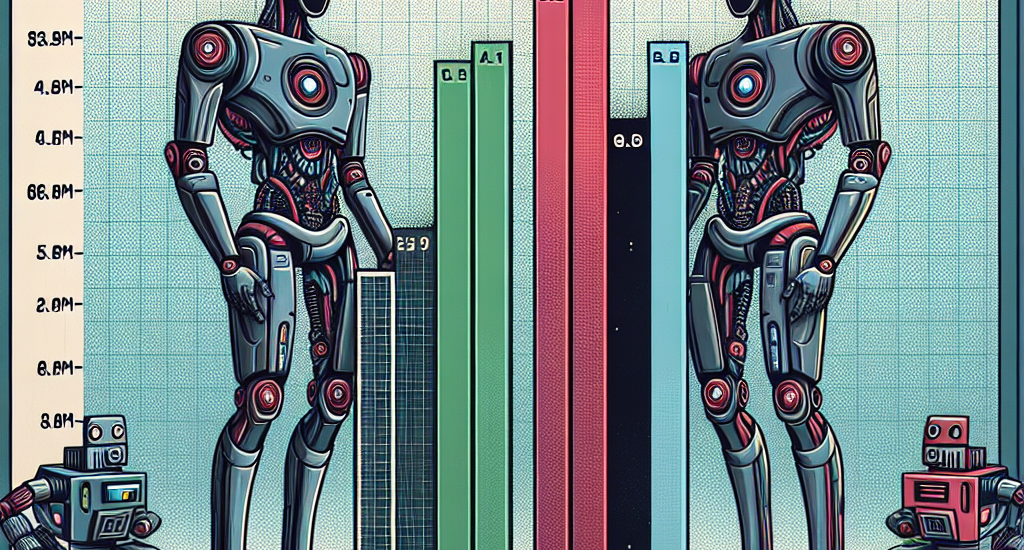Authors: Weihao Yu, Zhengyuan Yang, Linfeng Ren, Linjie Li, Jianfeng Wang, Kevin Lin, Chung-Ching Lin, Zicheng Liu, Lijuan Wang, Xinchao Wang
Abstract: MM-Vet, with open-ended vision-language questions targeting at evaluating
integrated capabilities, has become one of the most popular benchmarks for
large multimodal model evaluation. MM-Vet assesses six core vision-language
(VL) capabilities: recognition, knowledge, spatial awareness, language
generation, OCR, and math. However, its question format is restricted to single
image-text pairs, lacking the interleaved image and text sequences prevalent in
real-world scenarios. To address this limitation, we introduce MM-Vet v2, which
includes a new VL capability called “image-text sequence understanding”,
evaluating models’ ability to process VL sequences. Furthermore, we maintain
the high quality of evaluation samples while further expanding the evaluation
set size. Using MM-Vet v2 to benchmark large multimodal models, we found that
Claude 3.5 Sonnet is the best model with a score of 71.8, slightly
outperforming GPT-4o which scored 71.0. Among open-weight models,
InternVL2-Llama3-76B leads with a score of 68.4.
Source: http://arxiv.org/abs/2408.00765v1





